 You might recognize the title of the post as a verse from a song by Enric Granados. Or perhaps you recognize it as a CD title and might suppose what I'll talk about... and you're right (in both cases) You know that I don't usually talk about recordings but, as you also know, I like breaking my own rules from time to time; This week, I would to talk about the first recording of the mezzosoprano Pilar Vázquez and the pianist Elisa Rapado, No hay cantar sin amor (There is no song without love).
You might recognize the title of the post as a verse from a song by Enric Granados. Or perhaps you recognize it as a CD title and might suppose what I'll talk about... and you're right (in both cases) You know that I don't usually talk about recordings but, as you also know, I like breaking my own rules from time to time; This week, I would to talk about the first recording of the mezzosoprano Pilar Vázquez and the pianist Elisa Rapado, No hay cantar sin amor (There is no song without love).One of the first people I followed on Twitter was Elisa, because I knew her from her blog In meinem Leben, in meinem Lied (one of the blogs you can find linked on the right column, below). That was more than three [...]

One of the first people I followed on Twitter was Elisa, because I knew her from her blog In meinem Leben, in meinem Lied (one of the blogs you can find linked on the right column, below). That was more than three years ago and I think that we mutually identify ourselves as "geeks of the Art Song", as she would say. I always deny it, of course, I wonder how she even dares to think about it. If I'm not mistaken, we exchanged our first Tweets around Mahler; the name of her blog is quite clear, she's a mahlerian, and we, unavoidably, talk about Ich bin der Welt abhanden gekommen (for those uninitiated into the mysteries of Art Song, its last words were borrowed by Elisa as the title of her blog). Since then we've talked a lot about Art Song, about the different ways of performing it and listening to it and I was excited to see how she and Pilar convey their love and their attention to detail to their first recording.
What would I tell you about the album? Of course, listen to it. It's a beautiful recording; it also is the first one from the duo, I hope there will be more and we'll follow their career. Please, if you can read Spanish pay attention to the translations from German made by Pilar and Elisa; I always like when the performers write the booklet notes because it shows their engagement but here, the performers even sought the closest word to exactly conveyed what they wanted.
We are listening to a song by Granados. Pilar and Elisa will be the first to pay tribute to this composer, some days before the 100 anniversary of his death begins. No hay cantar sin amor includes five of the twelve Tonadillas and La maja y el ruiseñor from Goyescas, all of them with texts by Fernando Periquet. I chose my favourite; maybe I should have chosen a more spectacular one but I repeated again and again El mirar de la maja (The maiden's gaze) so... that's our song! The poem begins with two questions without answer, why the maja has such a burning gaze, and continues with the loving complain of her chispero (her beloved); Granados puts together the two questions so they become a single musical stanza that is repeated with the remaining verses. The piano accompaniment is austere and makes us think of a guitar; it's a seduction song with a rhythm that reminds me some of the dances (don't ask me which one) in the 17th century Spanish court.
As I know that you're paying attention to Pilar's voice because she sings beatifully this song, please let me also emphasize the piano; Not only I'm saying this because Elisa is my friend but also, she plays beautifully.
¿Por qué es en mis ojos
tan hondo el mirar
que a fin de cortar
desdenes y enojos
los suelo entornar?
¿Qué fuego dentro llevarán
que si acaso con calor
los clavo en mi amor
sonrojo me dan?
Por eso el chispero
a quien mi alma di
al verse ante mí
me tira el sombrero
y díceme así:
"Mi Maja, no me mires más
que tus ojos rayos son
y ardiendo en pasión
la muerte me dan."
Why, when my eyes
gaze so intensely,
in order to avoid
disdain and anger
do I tend to half-close them?
What fire do they carry within them
that if I happen
to look at my beloved warmly
it makes me blush?
That is why this blacksmith,
to whom I gave my soul,
when standing before me,
throws me his hat
and says to me:
"My maiden, don't look at me any more,
for your eyes are lightning,
and burning with passion
they give me death."
(translation by Mark Stone)


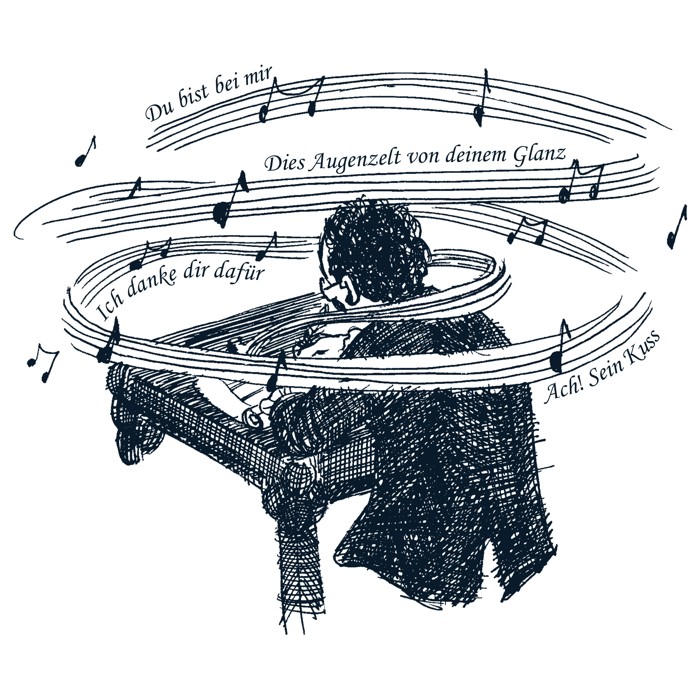
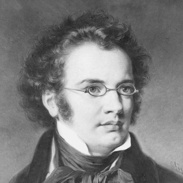


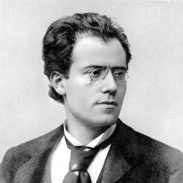

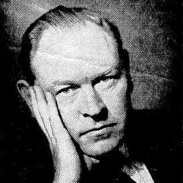





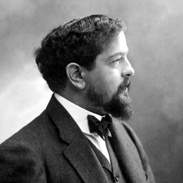



















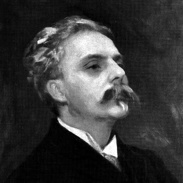











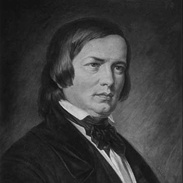








Comments powered by CComment